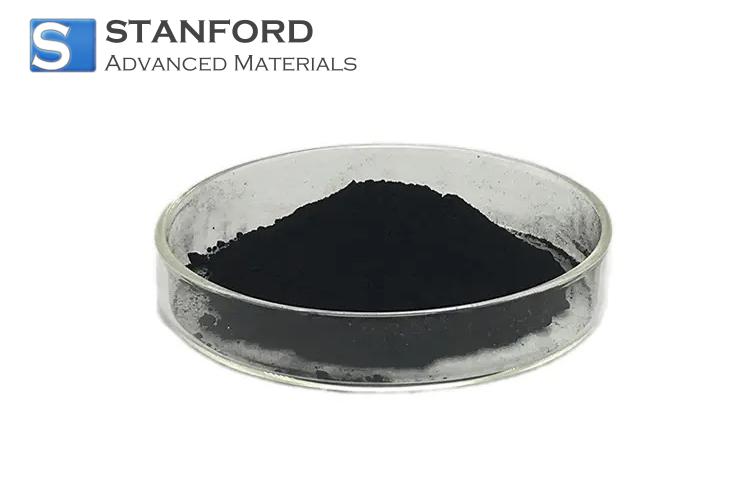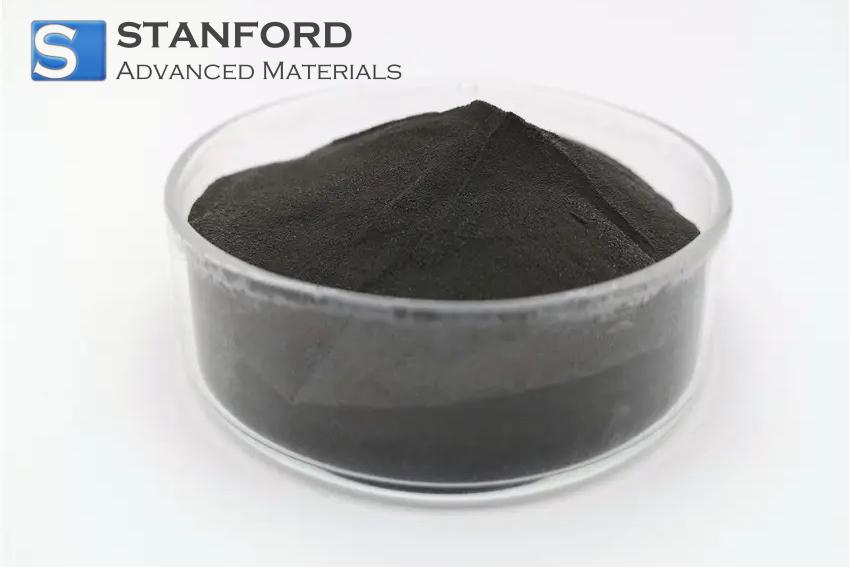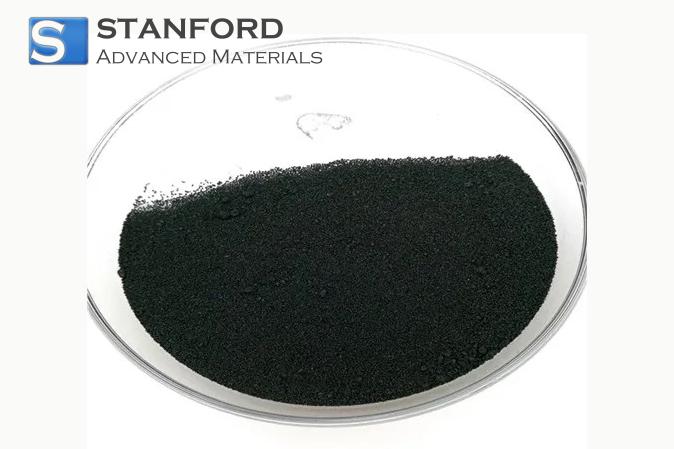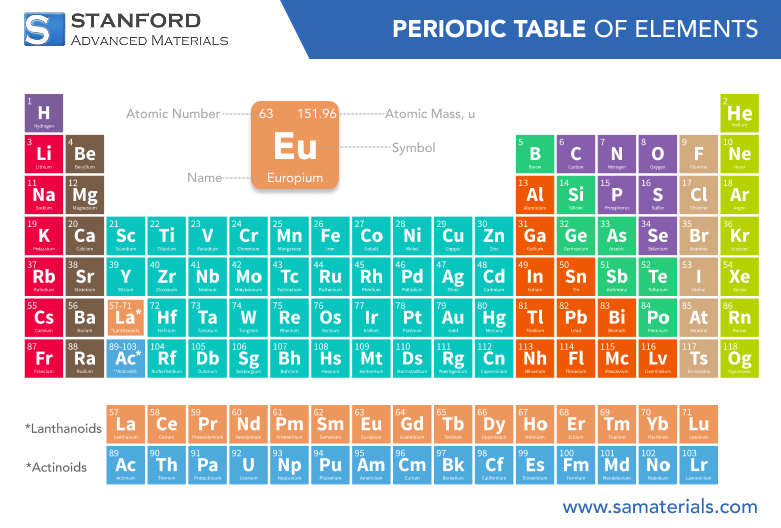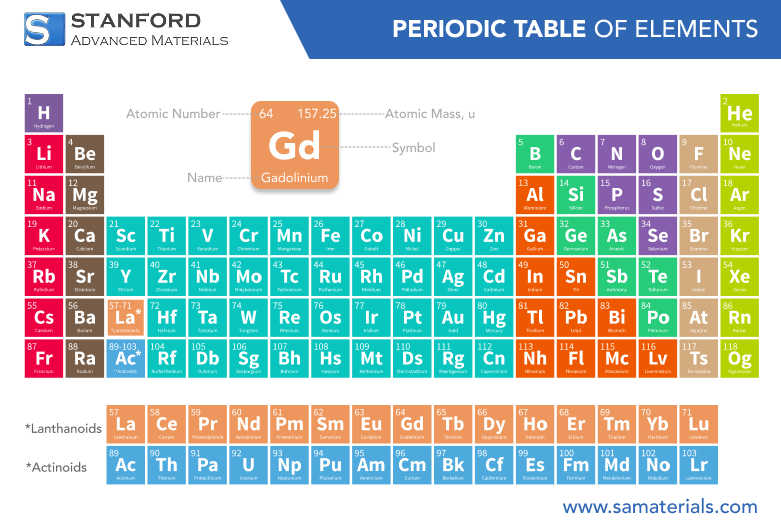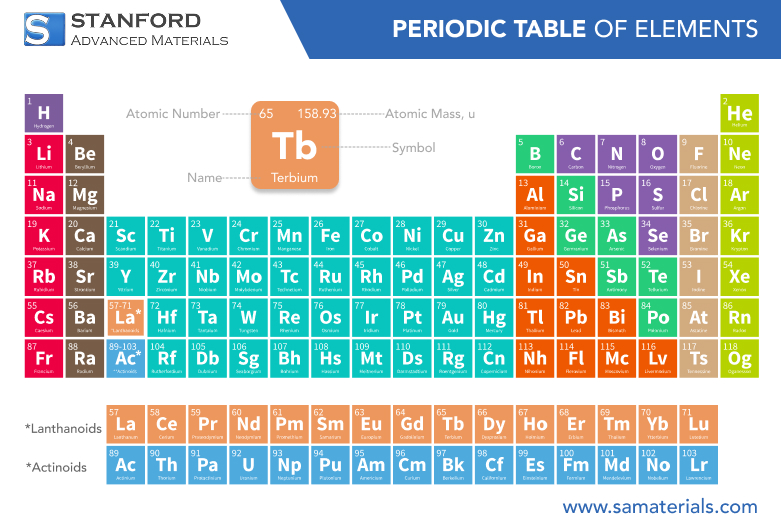Samarium: Element Properties and Uses
Description
Samarium is a rare earth metal with a silvery appearance and moderate hardness. It is known for its magnetic, optical, and catalytic properties.
Introduction to the Element
Samarium is an intriguing element belonging to the lanthanide series of the periodic table. With the chemical symbol Sm and atomic number 62, this rare earth metal was discovered in the late 19th century. Samarium is typically found in minerals such as monazite and bastnasite. The extraction process involves sophisticated separation techniques that yield a highly purified form of the metal.
Chemical Properties Description
The chemical properties of Samarium set it apart from many other rare earth elements. Typically existing in the +3 oxidation state, Samarium forms stable compounds with oxygen and various non-metals.
In ambient conditions, Samarium reacts with air, producing a thin oxide layer that protects it from further corrosion. This self-passivation is a desirable attribute in many industrial processes.
Physical Properties Data Table
Property | Value | Unit |
Atomic Number | 62 | - |
Atomic Weight | 150.36 | g/mol |
Density | 7.35 | g/cm³ |
Melting Point | 1072 | °C |
Boiling Point | 1900 | °C |
Crystal Structure | Hexagonal | - |
Magnetic and Optical Properties of Samarium
Property | Value | Unit |
Magnetic Ordering | Ferromagnetic | - |
Curie Temperature | ~1070 | K |
Magnetization | 1.0 | μB (Bohr magnetons) |
Coercivity | High | - |
Magnetic Moment | 0.2–0.3 | μB |
Magnetic Energy Product (SmCo Magnets) | ~200–250 | kJ/m³ |
Property | Value | Unit |
Color | Yellowish | - |
Absorption Range | 400–700 | nm (visible spectrum) |
Luminescence | Strong red-orange fluorescence | - |
Emission Spectrum | 600–700 | nm |
Excitation Wavelength | 400–500 | nm |
For more information, please check Stanford Advanced Materials (SAM).
Common Uses
Samarium finds several common uses in modern industry and technology. One of its most prominent applications is in the manufacture of samarium-cobalt magnets, renowned for their high-temperature stability and resistance to demagnetization. These magnets are vital in electric motors, aerospace components, and various military systems.
Also, Samarium plays an essential role in nuclear reactors, serving as a neutron absorber that enhances the safety and efficiency of nuclear energy production. Its applications also extend to lasers and certain medical imaging techniques. The versatility of Samarium has led to continuous research, ensuring that its common uses are expanded across high-tech and industrial sectors.
Preparation Methods
The production process starts with mining rare earth ores that contain this element. Once the ore is collected, mechanical separation is used to concentrate the material, followed by chemical techniques such as ion exchange and solvent extraction to isolate Samarium from other elements. After isolation, reduction processes are applied to convert the compound into its metallic form. These preparation methods have been refined over decades to maximize yield while minimizing environmental impact.
Frequently Asked Questions
What is Samarium?
Samarium is a rare earth metal known for its unique chemical and physical
properties, with extensive applications in magnets and advanced industrial
products.
How is Samarium extracted from natural ores?
It is extracted from minerals like monazite and bastnasite using mechanical
separation followed by ion exchange and solvent extraction techniques.
What are the primary applications of Samarium?
Samarium is widely used in the production of samarium-cobalt magnets, nuclear
reactor components, and advanced alloys, among other high-tech uses.
Can Samarium be used in medical applications?
Yes, certain isotopes of Samarium are employed in cancer treatments and medical
imaging, owing to their controlled radioactive properties.
Why is Samarium important for modern technology?
Its stable oxidation state and unique physical traits make it essential in
producing durable materials for high-performance applications across various
technological fields.

